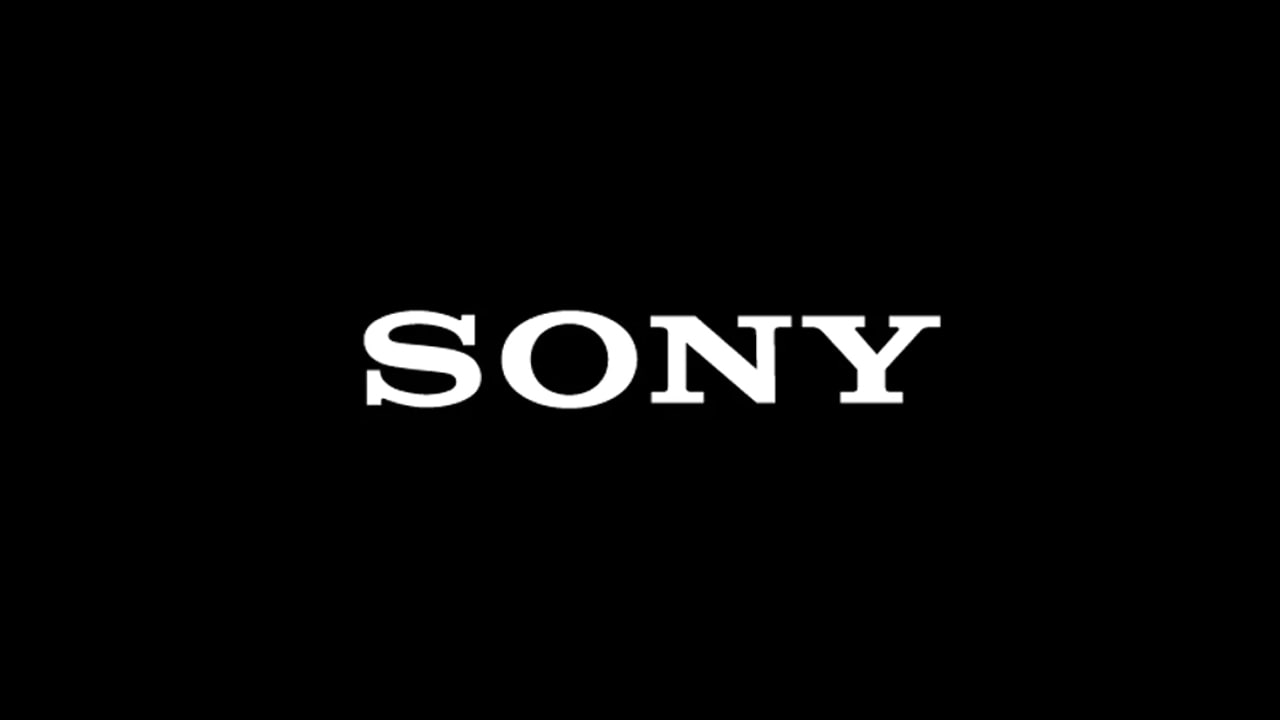Sony Group released its financial report for the second quarter of the financial year 2021 as of September 30. It is reported that Sony’s operating profit in the second quarter was 318.5 billion yen, compared with 315.2 billion in the same period last year. This is mainly due to the increase in sales of the game business offsetting the decline in profits.
It is worth mentioning that Sony has now sold 13.4 million PS5 units. This quarter, it sold 3.3 million PS5 and 200,000 PS4. Sony’s revenue for the second quarter was 2.3694 trillion yen approximately US$20.862 billion, an increase of 13% from 2.1051 trillion yen in the same period last year; the net profit attributable to Sony’s shareholders was 2,131 Billion yen approximately 1.876 billion U.S. dollars, down 54% from 458.6 billion yen in the same period last year.
In addition, Sony’s operating profit in the second quarter unexpectedly increased by 1%, even though the cost issues brought about by the increase in PlayStation 5 game console sales compressed the overall profit margin.
Sony said that since the launch of the PS5 in November last year, a total of 13.4 million units have been sold. Affected by this, the sales of its game division increased by 27% year-on-year, but profits were not so strong because hardware sales were below cost.
Game console manufacturers often sell new devices at a price lower than the production cost because they establish a prerequisite for the sale of software. Sony said that although sales of first-party games have declined, sales of other developers have increased.
Sony has previously stated that taking into account the global semiconductor shortage, the sales target of PS5 game consoles this fiscal year is 14.8 million units.
Stay tuned with us via Telegram
Sony announced a July-September group profit of 318.5 billion yen ($2.8 billion). In contrast, the average valuation of the six analysts compiled by Refinitiv is 222 billion yen.
This conglomerate, which spans the fields of entertainment, sensors, and financial services, has shifted from the US Generally Accepted Accounting Standards to International Financial Reporting Standards in the current fiscal year.
To meet long-term demand, TSMC plans to build a chip factory in Japan. According to the Nikkei News earlier this month, Sony is considering becoming a partner of this factory.
As entertainment giants look to regions outside the United States for growth and tap non-English creators to obtain content, Sony’s entire business has fallen into a global war for consumers’ attention.
South Korea’s largest cultural export group, BTS, said last week that it had abandoned the Columbia Records label and reached an agreement with Universal Music Group NV, which has contributed to Sony’s popular culture reputation.
As of April 1, 2020, and March 31, 2021, the book value of CGU is 170.974 billion yen and 172.36 billion yen, respectively; the book value of intangible assets with indeterminate useful lives related to the PlayStation business is 57.397 billion yen JPY.
As of April 1, 2020, and March 31, 2021, they were 57.449 billion yen, which are included in “other intangible assets”. Intangible assets with an indefinite useful life include the PlayStation trademark, which is assessed as having an indefinite useful life.
 The PlayStation trademark is used as the core trademark of Sony’s G&NS series of products and services, and Sony also hopes to continue to use this trademark in the future. The recoverable amount of CGU is determined by the value in use. Value in use is calculated by discounting estimated future cash flows including terminal value.
The PlayStation trademark is used as the core trademark of Sony’s G&NS series of products and services, and Sony also hopes to continue to use this trademark in the future. The recoverable amount of CGU is determined by the value in use. Value in use is calculated by discounting estimated future cash flows including terminal value.
The estimated future cash flows are prepared based on the three-year forecast period of the medium-term plan (MRP). The permanent growth rate is used to determine the terminal cash flow value and is set after the last year of the forecast period. Growth rate and as of April 1, 2020, the pre-tax discount rates are 1.5% and 9.8%; as of March 31, 2021, the pre-tax discount rates are 1.5% and 8.7%.









